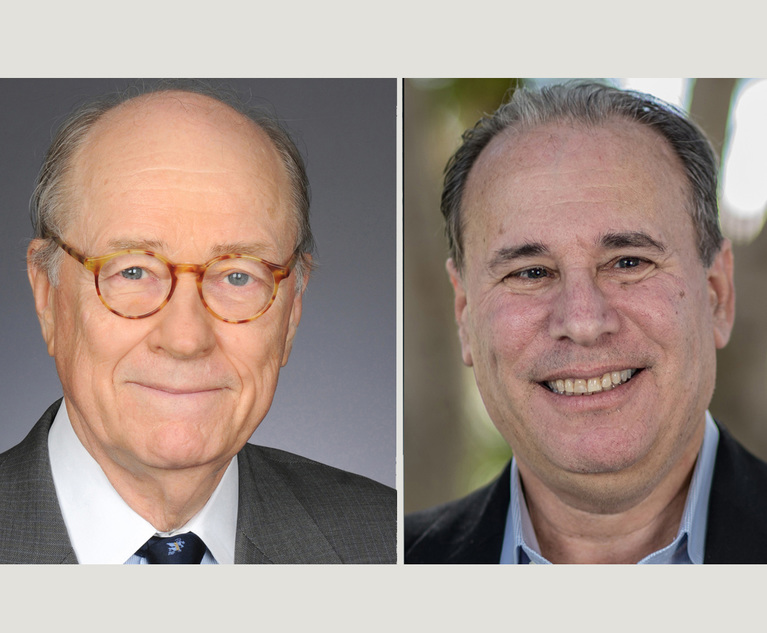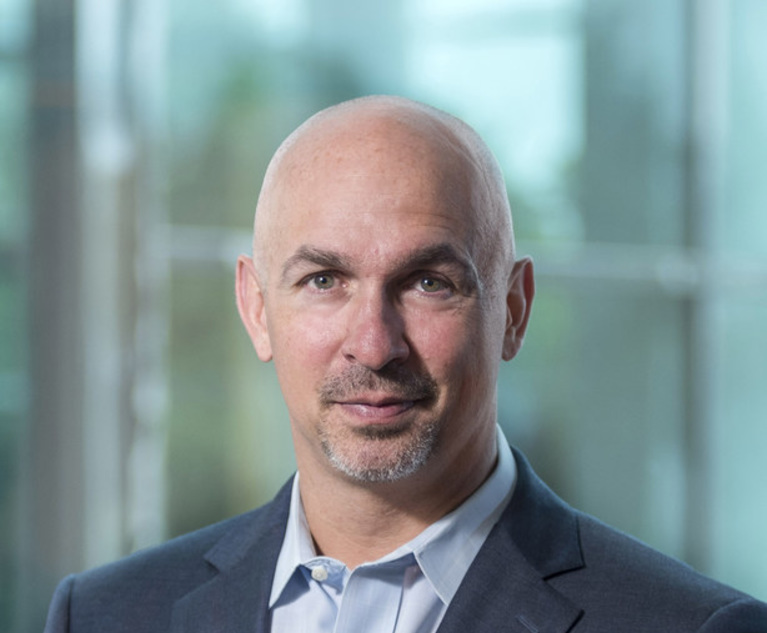In the 1980s, environmental agencies across the country, including the U.S. Environmental Protection Agency and the New York State Department of Environmental Conservation (NYSDEC), began to recognize that requiring owners and responsible parties to restore contaminated real estate to pristine condition was costly, time consuming and often unnecessary. Stringent environmental cleanup requirements were also driving development and jobs to pristine ‘greenfields’ while contributing to urban decay associated with contaminated ‘brownfields.’
In response, cleanup programs evolved. As a result, under most federal and state programs, some contamination can now remain in place provided that residual contamination does not present an unacceptable risk.
This content has been archived. It is available through our partners, LexisNexis® and Bloomberg Law.
To view this content, please continue to their sites.
Not a Lexis Subscriber?
Subscribe Now
Not a Bloomberg Law Subscriber?
Subscribe Now
LexisNexis® and Bloomberg Law are third party online distributors of the broad collection of current and archived versions of ALM's legal news publications. LexisNexis® and Bloomberg Law customers are able to access and use ALM's content, including content from the National Law Journal, The American Lawyer, Legaltech News, The New York Law Journal, and Corporate Counsel, as well as other sources of legal information.
For questions call 1-877-256-2472 or contact us at [email protected]


 A woman collects soil in a test tube for analysis. Credit: kaninstudio/Adobe Stock
A woman collects soil in a test tube for analysis. Credit: kaninstudio/Adobe Stock




